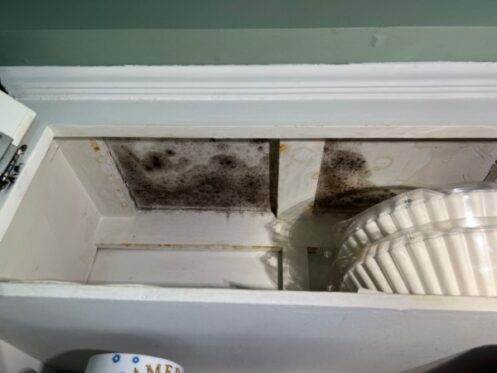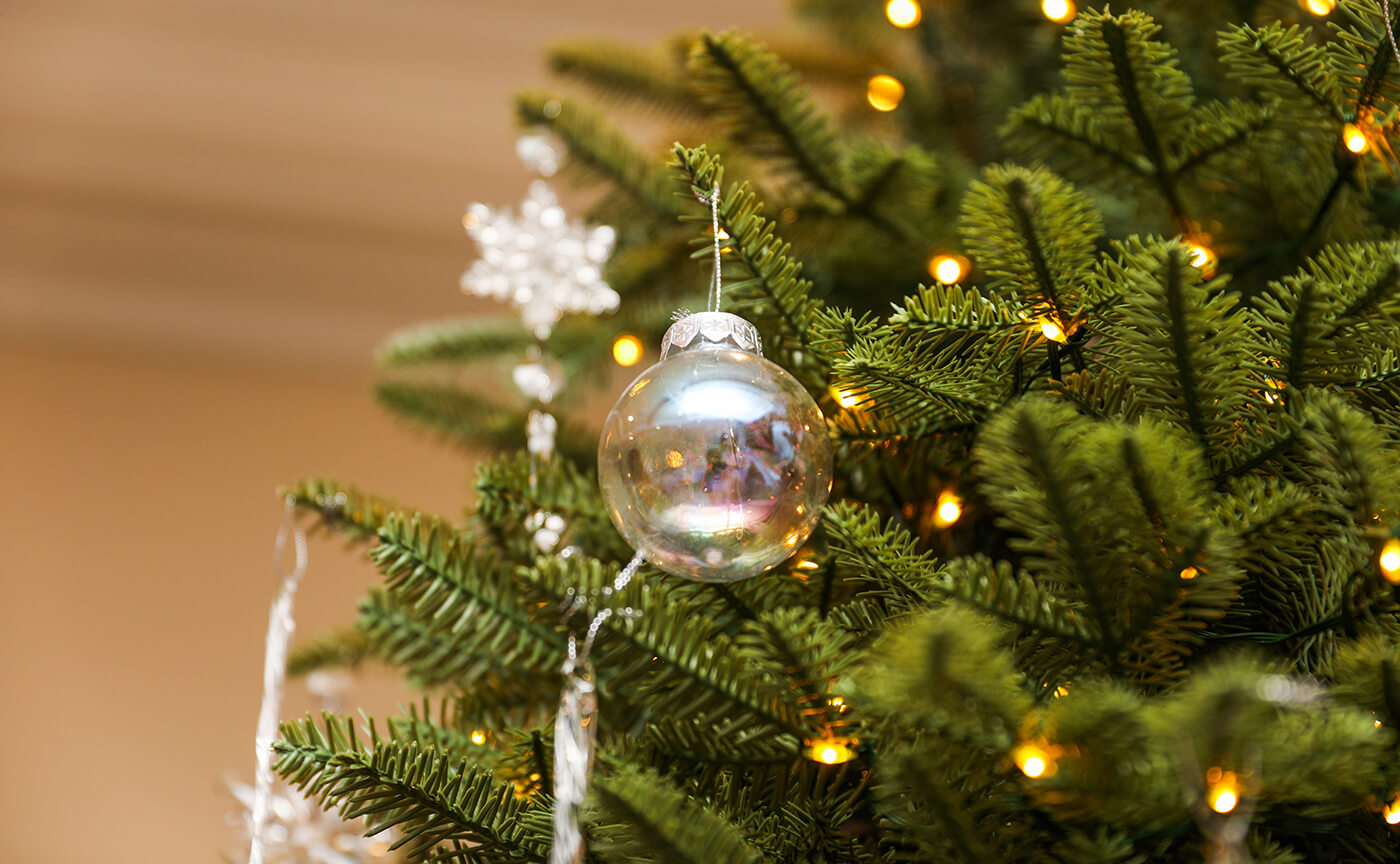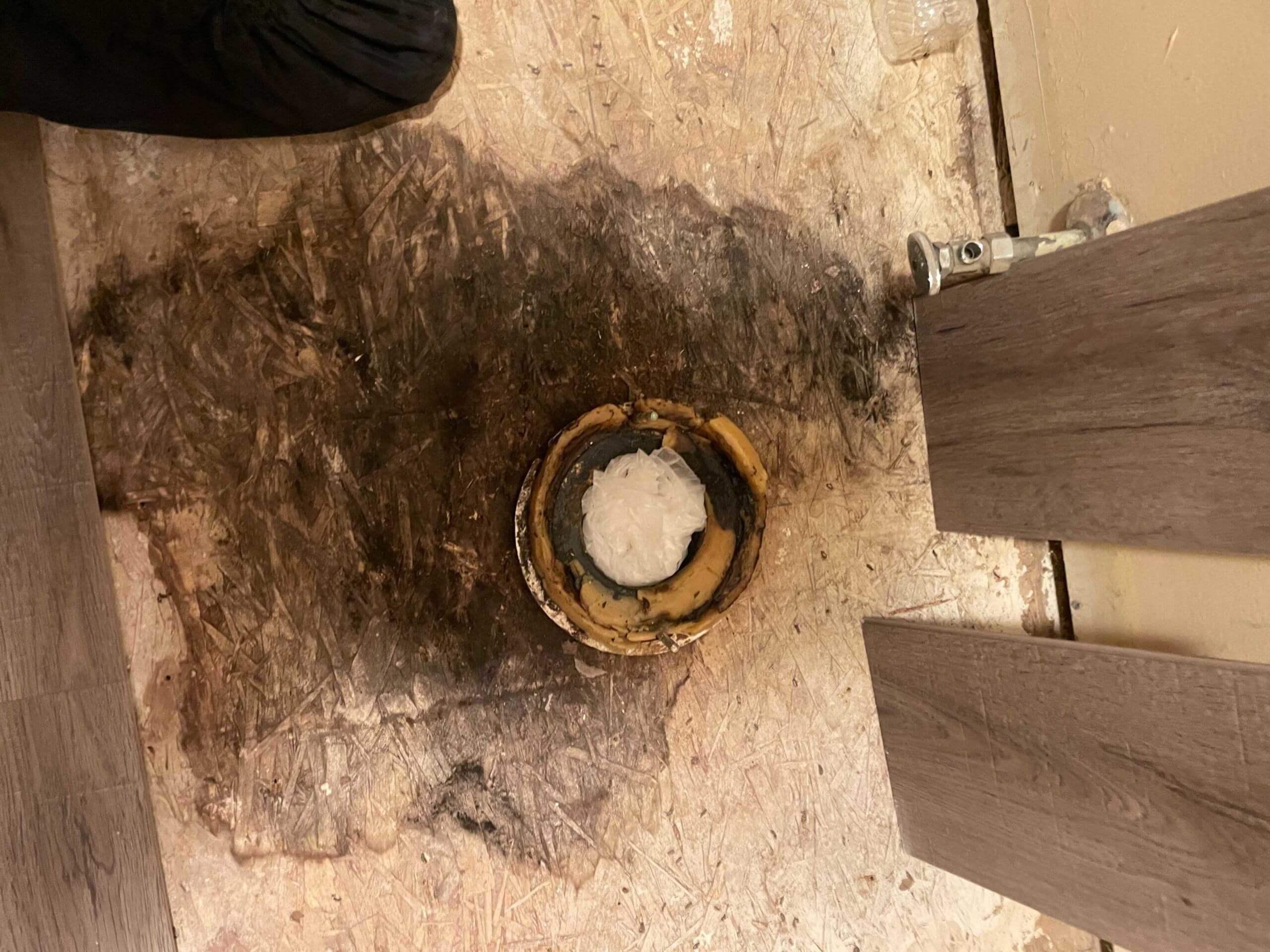When you think of mold, you probably think of the many common places it can be found in your home, like the basement, bathroom, and laundry. But what most people don’t realize is that mold can — and will — grow just about anywhere in your home, if the conditions are right.
Mold is a fungus. It releases spores into the air, which then travel throughout your home via you, your pets, your HVAC system, or simply by opening and closing the door.
As a result, it grows and hides in, on, under, and behind your:
1) Carpeting
When a large section of carpet gets soaked from a water leak or flood, most people know to watch for mold growth and/or to remove the carpet. However, when carpeting gets wet from a spill, small leak, or dampness in the subfloor, people are unaware that bacteria have found a new moist damp home to grow and multiply unnoticed. It isn’t until the carpeting begins to give off a musty odor that you are even aware that there might be a problem.
2) Furniture
Most people don’t realize that if any of your furniture gets wet from a spill or soaks up moisture from a leak, backed up drain, or flood, that it immediately becomes a breeding ground for mold. Mold loves moist organic materials.
3) Closets
You wouldn’t think your closet could be a breeding ground for mold, but it is. Mold spores in the air land on everything in a home. Once they land, they sit dormant until they are removed or the environment they find themselves in becomes conducive to their growth.So, if they land in a dark, damp, and/or humid closet filled with various organic materials like clothes, wood, drywall, etc., it’s time to set up shop and grow some mold.
4) Clothes
We clean them when we wear them; we clean them after we’ve stored them. But what happens in between? The fact is, we all do it. We organize the clothes in our closets or storerooms based on the seasons. Last season’s clothes go to the back of the closet or into storage somewhere else in our home, at which point they are both out of sight and out of mind.
It’s then that these dormant organic products — or as some people like to refer to them as ‘clothes,’ — can become a breeding ground for mold. That is why, quite often, clothes that you have stored in your home have a musty odor when you first take them out. These clothes will accumulate their share of any mold spores that are present and circulating through your home because they are typically not being used for four to six months at a time; and if the closet or area they are being stored in is damp or humid, the end result is mold.
5) HVAC System
What is your HVAC system? You probably think of it as the thing that keeps your home warm or cool depending on the season. What it really is, is a series of long fully enclosed ducts that traverse every part of your home. These ducts never see the light of day and they collect and store anything and everything that is blown or sucked into them when your HVAC system is on.
So, any bacteria, allergens, pet dander, and yes, mold spores in your home are recirculated and stored by your duct work. Add to that the fact that during the early spring, fall, and winter, your HVAC system is blowing warm moist air through them 24 hours a day, and you have a home for wayward mold to grow and multiply unseen and unmolested.
6) Drywall
Most drywall loves to absorb everything it comes into contact with, be it odors, bacteria, smoke, or moisture. But unfortunately, in most cases whatever it absorbs is invisible to the naked eye. As a result, if you have moisture in or behind your drywall, whether it is caused by a leaking pipe, basement wall, window, or roof, you won’t know it’s there until it gets bad enough to start smelling or begins growing on the interior side of the drywall.
7) Ceiling
In most cases the only time any of us pay attention to our ceiling is when there is something visibly wrong with it. Be it a hole, peeling paint, cracks, or even mold. The problem with ceilings is that anything bad that happens to them happens above the ceiling where no one can see it. That is why, like drywall, ceilings are one of the areas that mold grows unobserved. If your ceiling, and/or the wood it is attached to, gets wet from a leaking pipe, leaking or overflowing toilet, bathtub, or sink, it becomes a perfect breeding ground for mold.
8) Flooring
When flooring gets wet, people assume that once the surface is dry, the moisture is gone. This is not entirely true. Quite often the moisture seeps into and under the flooring and sub-flooring, and becomes an unseen breeding ground for mold.
As the saying goes, “where moisture goes, mold will grow.” In fact, it will grow anywhere in your home where there is an excess of moisture and/or humidity that lasts more than a few days. That could be in your attic, storage room, crawl space, or inside your washer and dryer. Most importantly, just because you can’t physically see the mold, doesn’t mean it isn’t there.
Think you have a mold problem? Contact a mold professional as soon as possible and have your home tested, inspected, and treated (if necessary). Because mold never goes away on its own. Treat it now – before it affects the health of your family.



